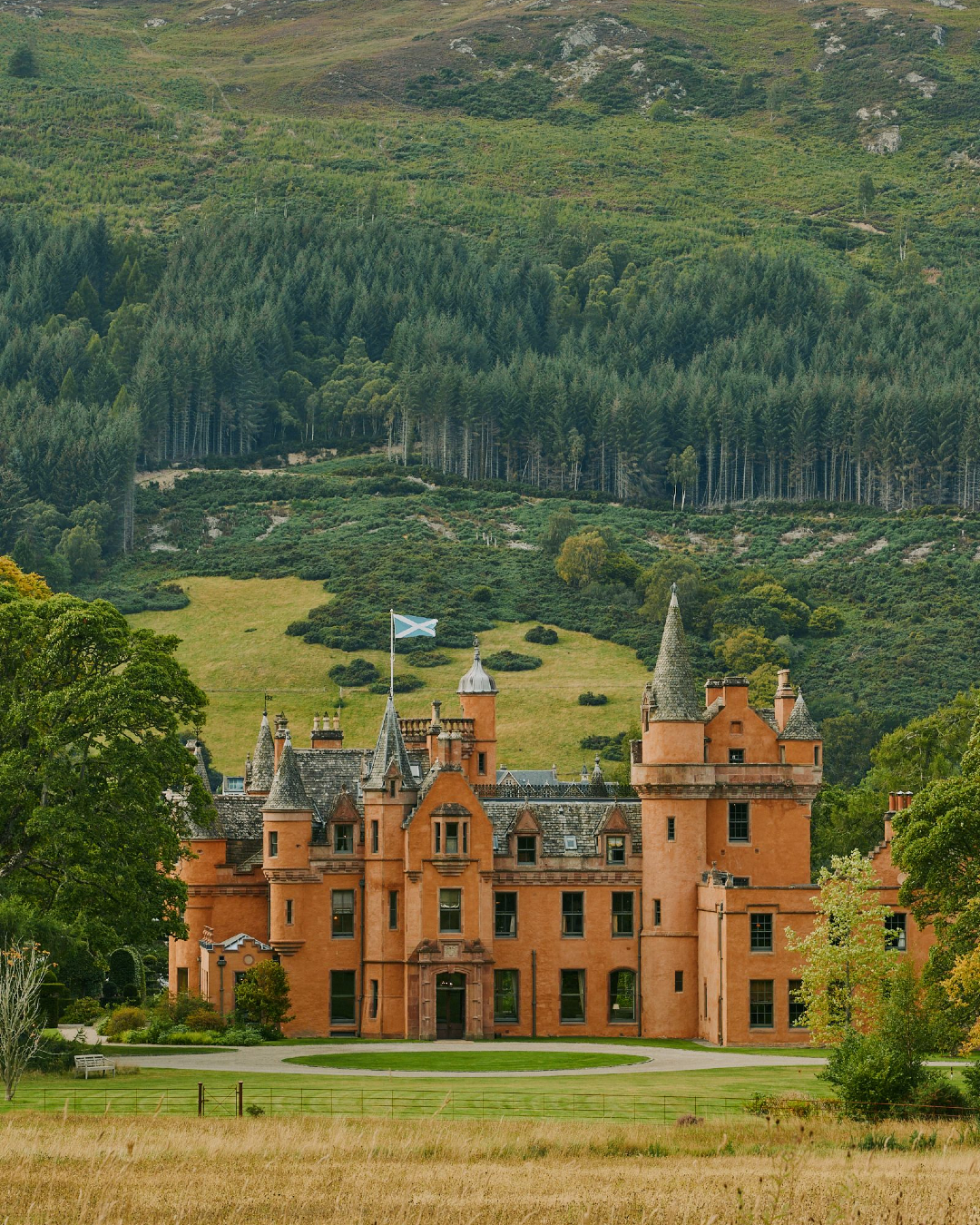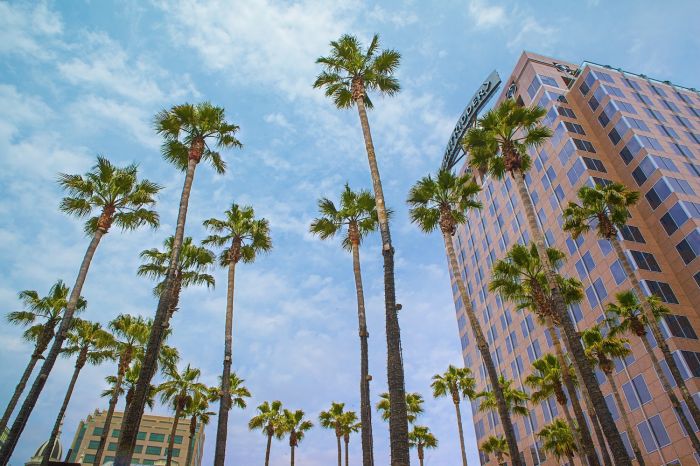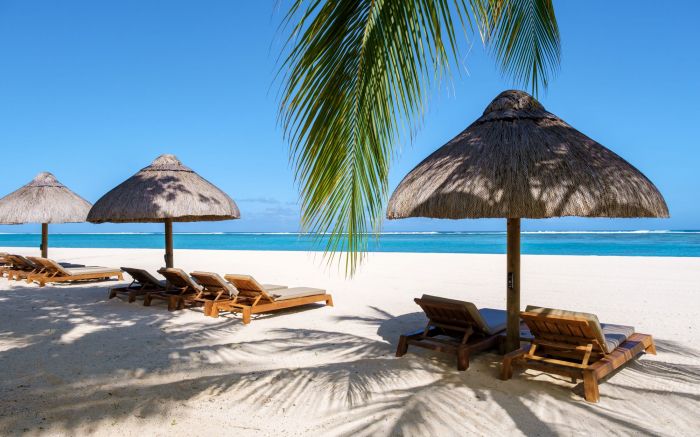5 Destinations in Japan for Every Type of Traveler
Japan has been closed to foreigners since the start of the pandemic, but with flights resuming for students and business travelers this month – and whispers of the Japanese Government launching a tentative tryout for travel groups in April before fully reopening in May – it’s time to plan a visit. Equivalent in size to California, Japan's islands and prefectures offer the chance to ski, scuba dive, go sake tasting and soak in mountainside hot springs. While centuries-old temples and shrines, plus futuristic metropolis Tokyo its late-night ramen shops and buzzy karaoke bars entice many travelers, here are five somewhat lesser covered regions to consider.
Naoshima Island for Art Enthusiasts
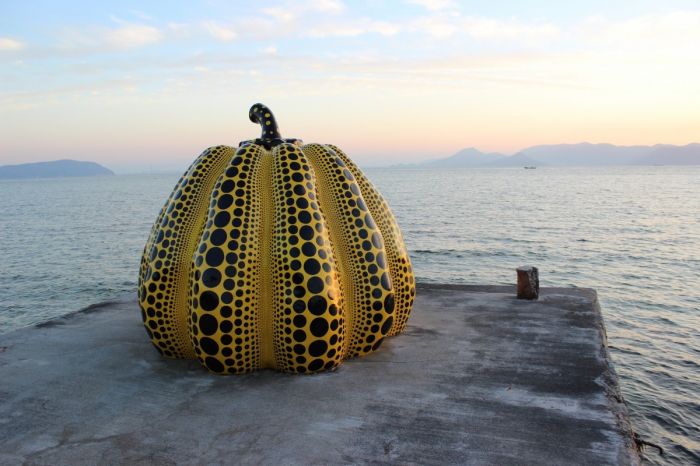
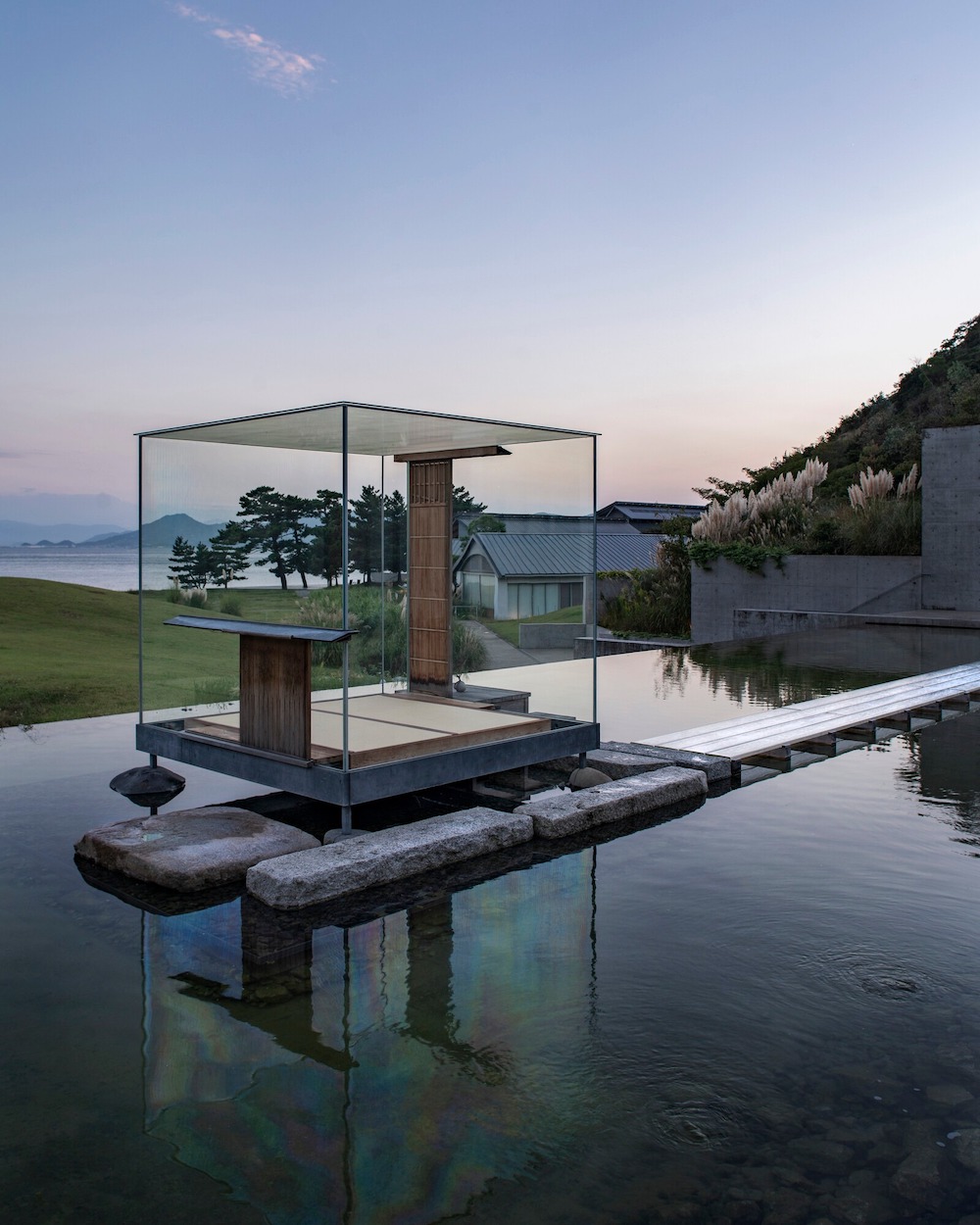
Artist Yayoi Kusama’s famous ‘Yellow Pumpkin’ sculpture got washed away by a typhoon last year, but plenty of cool contemporary art is still waiting to be discovered on this remote island. The once sleepy fishing enclave in the Seto Inland sea is now home to modern galleries, museums, and art projects. While the yellow Kusama pumpkin is being restored, another one sits at Miyanoura Port. Additional must-sees include public onsen Naoshima Bath and the Chichu Art Museum, most of which is underground.
Stay: Designed by respected architect Tadao Ando, museum meets boutique hotel Benesse House will wow fans of minimalist architecture and artists like Basquiat and David Hockney. There are 65 tastefully finished rooms, a spa, and two restaurants. Guest perks include early-morning and late-night museum access and use of a shuttle that loops the island’s main art sites.
Gero Onsen For Wellness Seekers


With plenty of access to the great outdoors, Gifu prefecture is the perfect place for hiking, climbing, and cycling. Alongside the historic village of Shirakawa-go and charming old town in Takayama, another feather in its cap are the hot springs of Gero. Considered by Edo period poet Hayashi Razan as one of the three most famous onsens in Japan, there are three public bathhouses and several free footbaths across town. Purchase a Yumeguri Tegata (spa pass) from the tourist office or a souvenir shop, for up to three spa visits at participating local ryokans.
Stay: Tucked in the hills above Gero Onsen, Yunoshimakan enjoys commanding views and features washitsu (Japanese-style) rooms, many of which have open-air onsen baths. There are two gender-segregated outdoor soaking pools here as well, with one seemingly carved into the mountainside. Anchored by 100-year-old Japanese cypress and cedar trees, the surrounding garden is a lovely spot to shinrin-yoku (forest bathe) and bird watch before heading inside to enjoy a kaiseki dinner.
Nara for Sake Afficionados
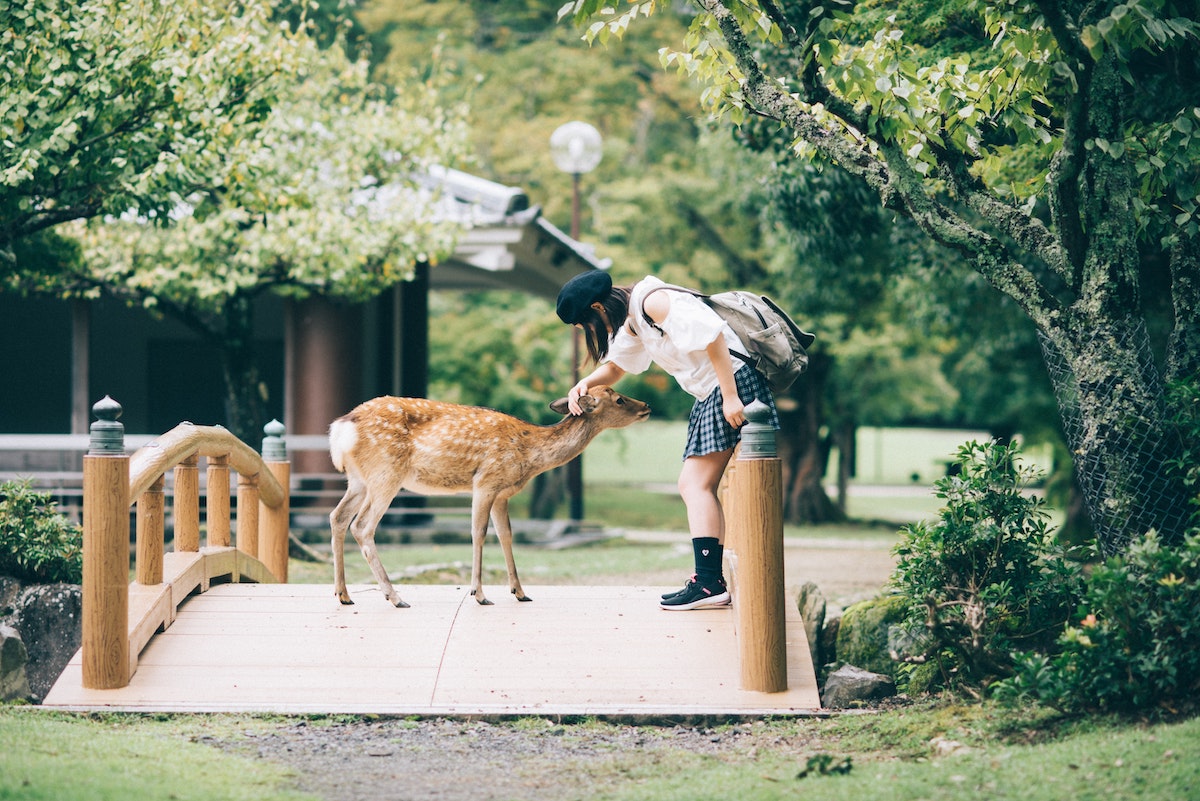

Being less than an hour by train from Kyoto and Osaka makes Nara a popular day trip destination with most visitors coming to see the Todai-ji temple complex, Great Buddha statue and meet the free-roaming deer of Nara Park. But, thanks to some 900 AD-era brewing monks – who fine-tuned the fermentation process and made small batches for the elite to use in ceremonial gatherings – Nara is also known as the “birthplace of refined sake.” Sake distilleries are dotted across Japan (the current number stands at around 1,500), but there are many worth a visit in Nara, including Edo-period sake store Yamada, Harushika, and 120-year-old Umenoyado. Run by the same family for over 350 years, the Imanishi Sake Brewery uses spring water from Mount Miwa and local rice to make their sake.
Stay: Enjoying a serene setting within the Mount Kasuga Primeval Forest (a UNESCO World Heritage site) Tsukihetei was built in 1903 as a guesthouse for the governor of Nara. It offers three suite-style rooms with tatami floors and shoji paper screens, and exceptional kaiseki meals inspired by the seasons. Ideally placed for sightseeing it's located behind the Katsuga Grand Shrine and a ten-minute walk from Todai-ji temple.
Aichi for Anime Fans
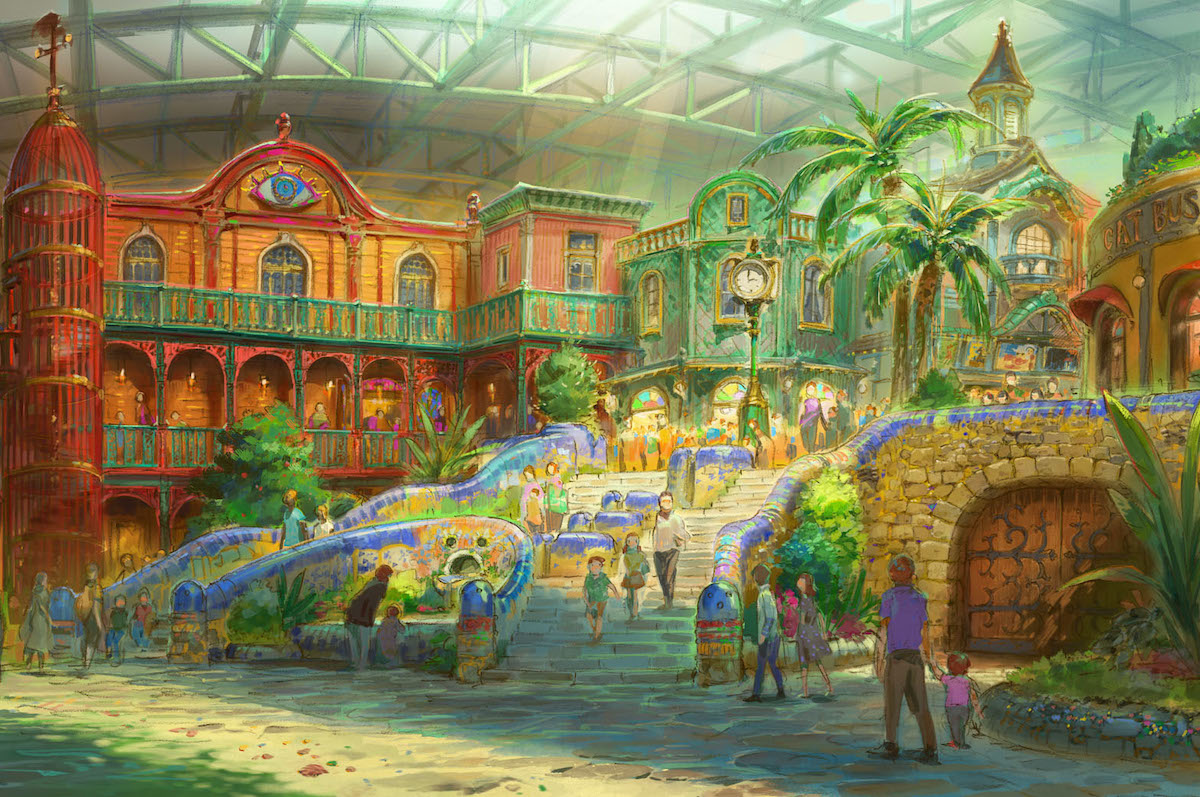

A still under-the-radar region between Tokyo and Kyoto, Aichi prefecture is perhaps best known as the home of Toyota Motors, but the area also boasts historic samurai roots and cultural landmarks, such as the Shinto pilgrimage site, Atsuta Shrine, and restored 17th-century fortress, Nagoya Castle. Local cuisine and handcrafts from ceramics to tie-dyed textiles also feature. However, anime fans will soon be making a beeline for Aichi thanks to Ghibli Park, which is slated to open in November. With attractions inspired by Studio Ghibli’s most famous films, the park is divided into five areas: Dondoko Forest, Hill of Youth, and Ghibli’s Large Warehouse with Mononoke’s Village and Valley of Witches debuting in 2023.
Stay: Traditional ryokan and hot spring hotel Akariya Geihanro is twenty-five minutes by train from Nagoya and enjoys splendid views of the Kiso River and nearby Inuyama Castle, a designated national treasure and one of the oldest surviving castles in Japan. Choose from six all-suite room categories that blend Western design with traditional elements like raised futon-style beds. Several also feature private semi-open-air baths, although a public bath on the second floor can also be reserved by guests.
Nagano for Mountain Lovers
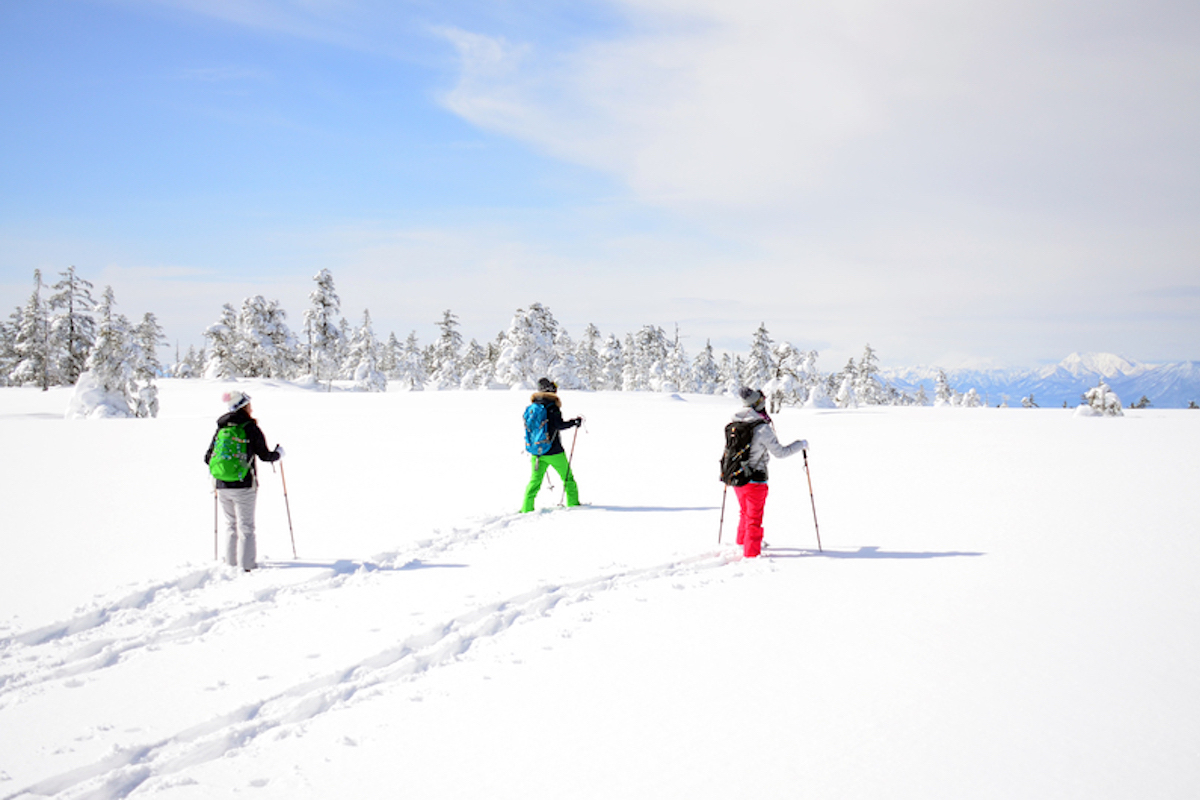
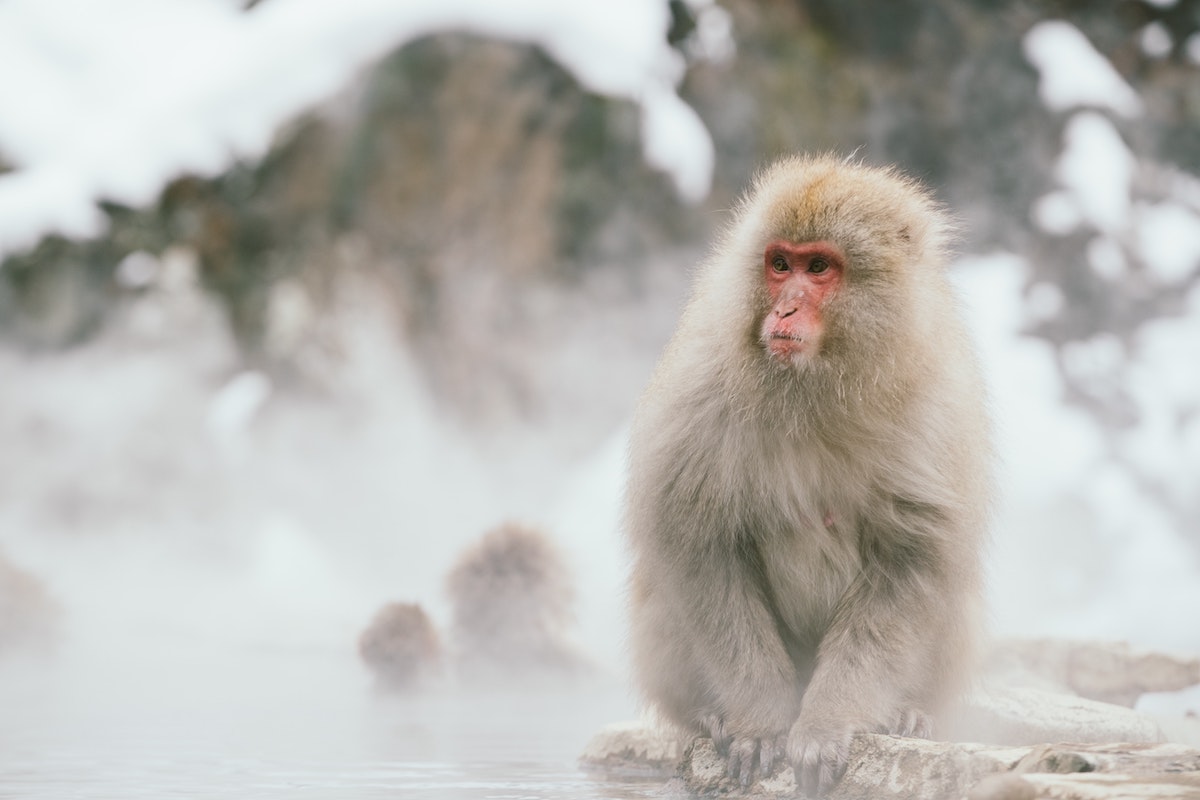
Evolved as a seventh century temple town, Nagano hosted the 1998 Winter Olympics and is a jumping-off point for ski resorts in Japan's Central Alps. With 19 interconnected ski areas serviced by 40 lifts, Shiga Kogen is the largest and attracts snowboarders and downhill skiers in equal measure. Snowshoeing is another major area draw and a standout spot the ancient cedar-lined pathway to Togakushi Shrine, which can be toured independently or with a guide. Buckwheat soba noodles are a specialty in Nagano, and nothing tastes as good after a day in the mountains as a steaming bowl of authentic Shinshu soba and a crisp glass of Asahi.
Stay: Japanese-style hotel Kokuya is a prime pick if seeing snow monkeys and onsen soaking is a priority. Located in nearby Yamanouchi, the ryokan features nine indoor and outdoor hot springs (male and female baths rotate each day) and is less than two miles from the Jigokudani Snow Monkey Park. Established in 1625 and managed by the 16th generation of owners, service here is impeccable – guests are assigned a concierge who can assist with dinner reservations and transportation, among other requests.
Covid-19 Travel Requirements
Anyone planning or hoping to travel to Japan this year should consult MOFA and the Japan Tourist Board for the latest information.












